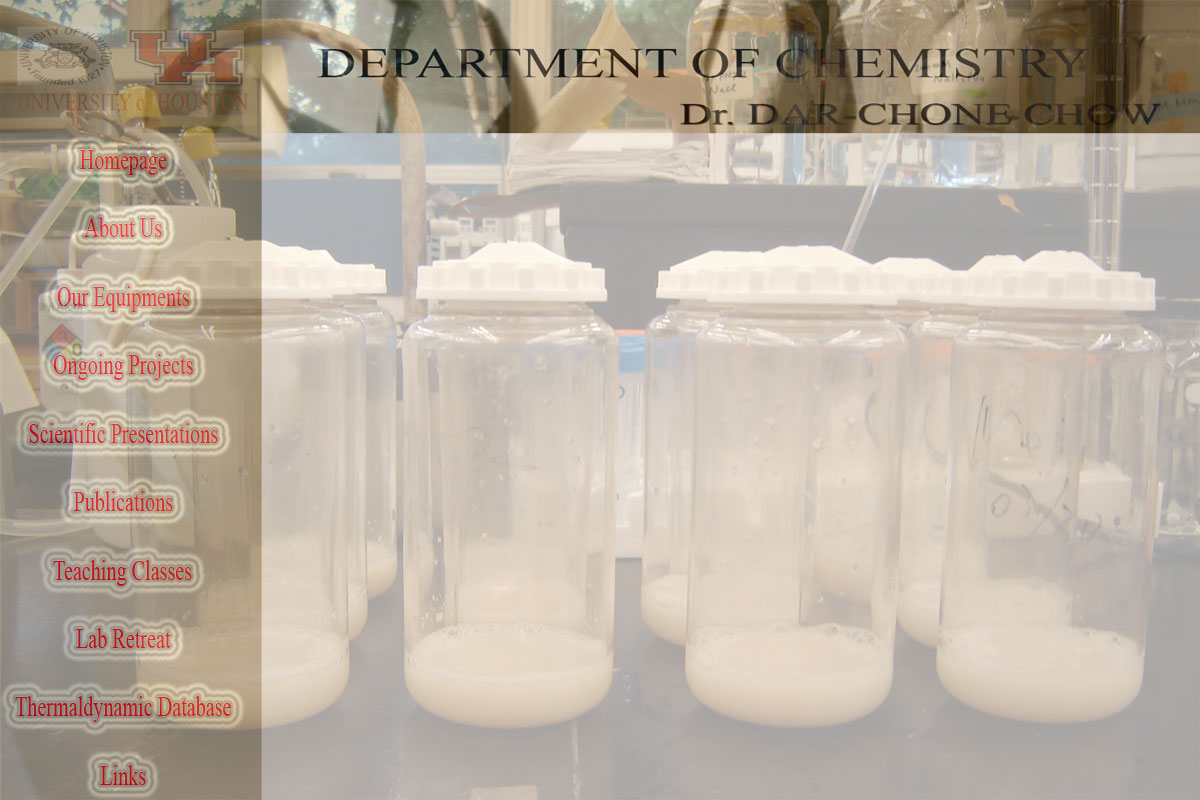
Jihong Wang: Thermodynamic Investigation of the Role of Contact Residues of -Lactamase-inhibitory Protein for Binding to TEM-1 -Lactamase*
We have determined the thermodynamics of binding for the interaction between TEM-1 -lactamase and a set of alanine substituted contact residue mutants of-lactamase-inhibitory protein (BLIP) using isothermal titration calorimetry. The binding enthalpies for these interactions are highly temperature dependent, with negative binding heat capacity changes ranging from -800 to -271 cal mol-1 K-1. The isoenthalpic temperatures (at which the binding enthalpy is zero) of these interactions range from 5 to 38 °C. The changes in isoenthalpic temperature were used as an indicator of the changes in enthalpy and entropy driving forces, which in turn are related to hydrophobic and hydrophilic interactions. A contact residue of BLIP is categorized as a canonical residue if its alanine substitution mutant exhibits a change of isoenthalpic temperature matching the change of hydrophobicity because of the mutation. A contact position exhibiting a change in isoenthalpic temperature that does not match the change in hydrophobicity is categorized as an anti-canonical residue. Our experimental results reveal that the majority of residues where alanine substitution results in a loss of affinity are canonical (7 of 10), and about half of the residues where alanine substitutions have a minor effect are canonical. The interactions between TEM-1-lactamase and BLIP canonical contact residues contribute directly to binding free energy, suggesting potential anchoring sites for binding partners. The anti-canonical behavior of certain residues may be the result of mutation-induced modifications such as structural rearrangements affecting contact residue configurations. Structural inspection of BLIP suggests that the Lys74 side chain electrostatically holds BLIP loop 2 in position to bind to TEM-1 -lactamase, explaining a large loss of entropy-driven binding energy of the K74A mutant and the resulting anti-canonical behavior. The anti-canonical behavior of the W150A mutant may also be due to structural rearrangements. Finally, the affinity enhancing effect of the contact residue mutant Y50A may be due to energetic coupling interactions between Asp49 and His41.
Han Fang - Thermodynamic Study of Group A Streptococcus Maltodextrin Binding Protein
Microorganisms develop an array of sophisticated mechanisms to use various forms of energy and carbon source depending on their environment.
Group A Streptococcus (GAS) is the causative agent of many infections in human, including strep throat, scarlet fever, etc. Conferring this, a group of proteins has been developed in GAS. One of these proteins, spy1294, is found to be critical for GAS surviving in human blood and saliva. As encoding for a homology of maltose-binding protein (MBP) E. coli MalE, spy1294 is also called GAS-MalE. And more interesting, GAS has specific transporting ability of various maltodextrins.
Ravi Ramenani - Binding studies between CUGBP1ab and (GTCT) oligonucleotide repeats
CUGBP1 is a CUG trinucleotide repeat binding protein known of playing a role in the Myotonic Dystrophy type 1 (DM1), a genetic disease affecting about 1 in 8000 births (Alwazzan et al., 1999). It was found to be binding to the CUG-repeat in the 3’ untranslated region of mutated DMPK (myotonic dystrophy protein kinase) transcript in diseased conditions.
CUGBP1 was previously shown to bind to several different RNA repeats besides the CUG repeats (Timchenko et. al., 1996). The microarray and NMR experiments from Dr.Gao’s lab have revealed that CUGBP1ab also binds to single-stranded GTCT-repeats [(GTCT)n] with micromolar affinity. To understand the binding mechanism better, we have measured the binding thermodynamics between CUGBP1ab and various (GTCT)n (n: number of repeats) using Isothermal Titration Calorimetry (ITC). Our results demonstrate that CUGBP1ab-(GTCT)n bindings have an average unit binding enthalpy of –11kcal/mol (favorable), –25 cal/mol/K of entropy (unfavorable), –8 kcal/mol of free energy and heat capacity changes close to zero to slightly positive. Stoichiometry was shown to be about one protein per GTCT repeat for n<5 and with a limited accuracy for n>5. We have also performed fluorescence experiments to show the DNA binding induced quenching of intrinsic fluorescence of CUGBP1ab, which allowed us to validate the binding stoichiometry between the [(GTCT)n] and CUGBP1ab. We further carried out size exclusion chromatography analysis to show distinct protein/DNA ratio dependent complexes.
Based on these results on the CUGBP1ab-oligonucleotide complexes we were able to derive a binding model of the interaction which suggests that there is a hierarchy order of binding of CUGBP1ab to the sites on a (GTCT)n. This model suggests that the trinucleotide-repeat-containing-polynucleotide CUGBP1 interaction is optimized for maximal binding of CUGBP1 in vivo.